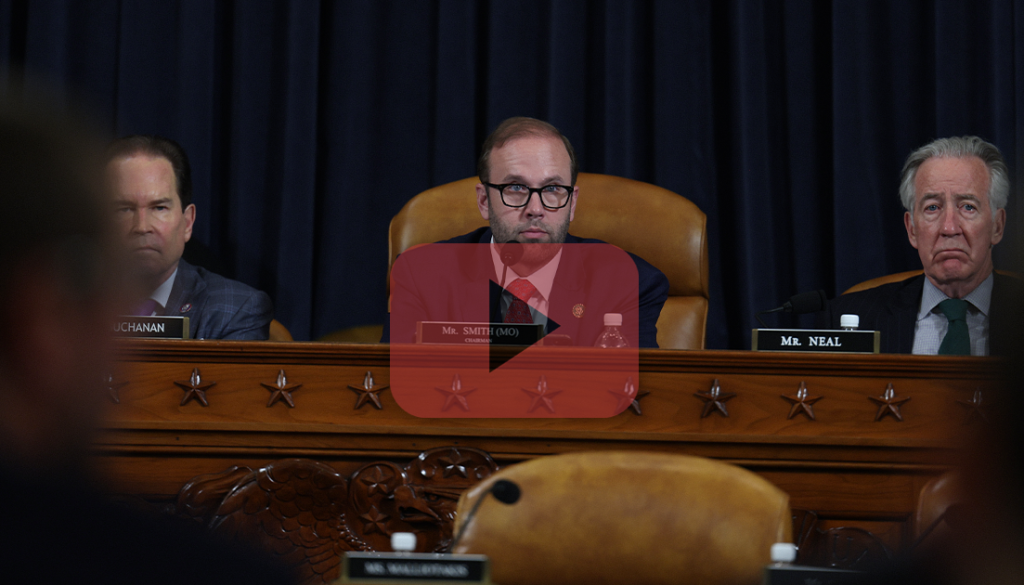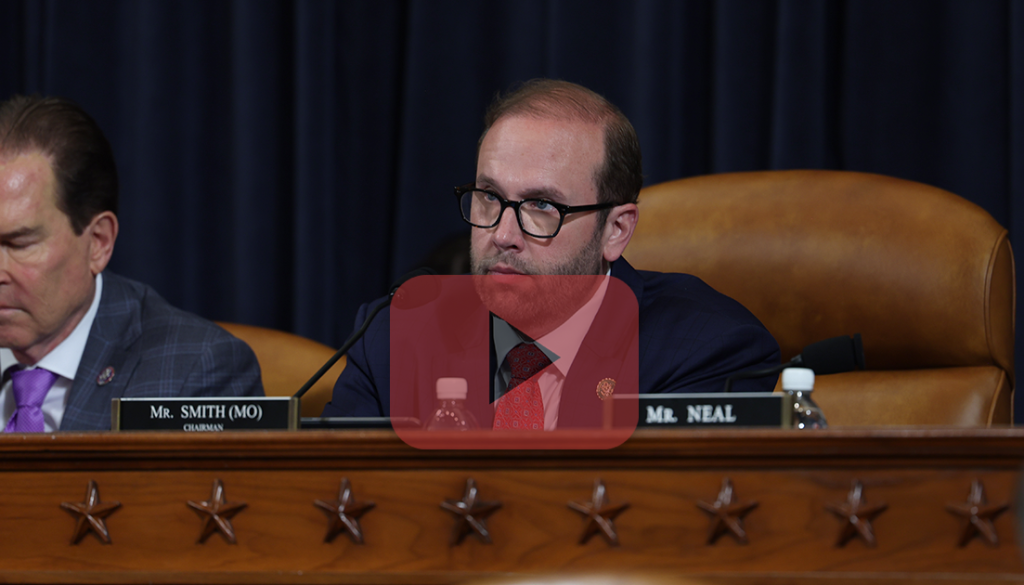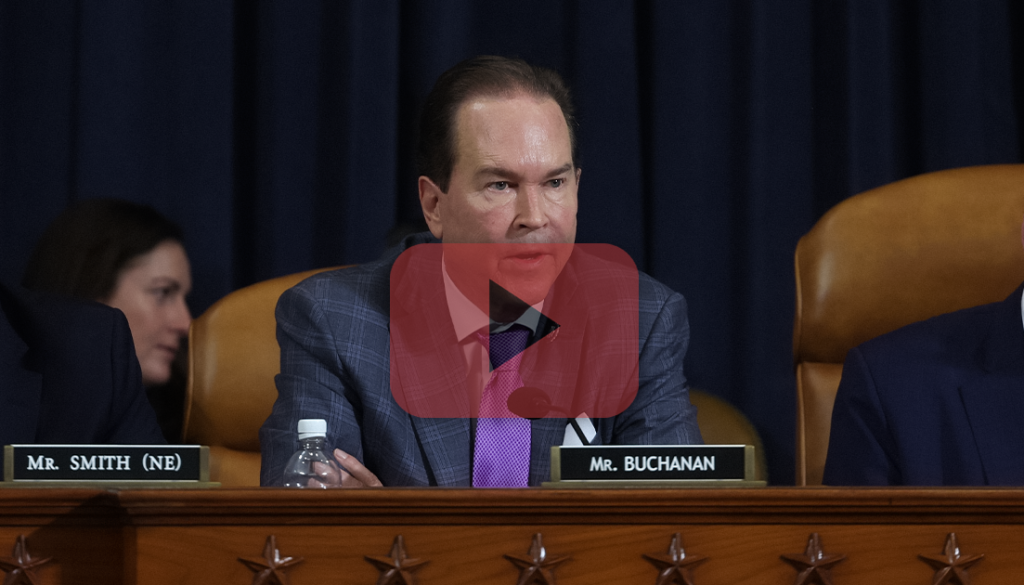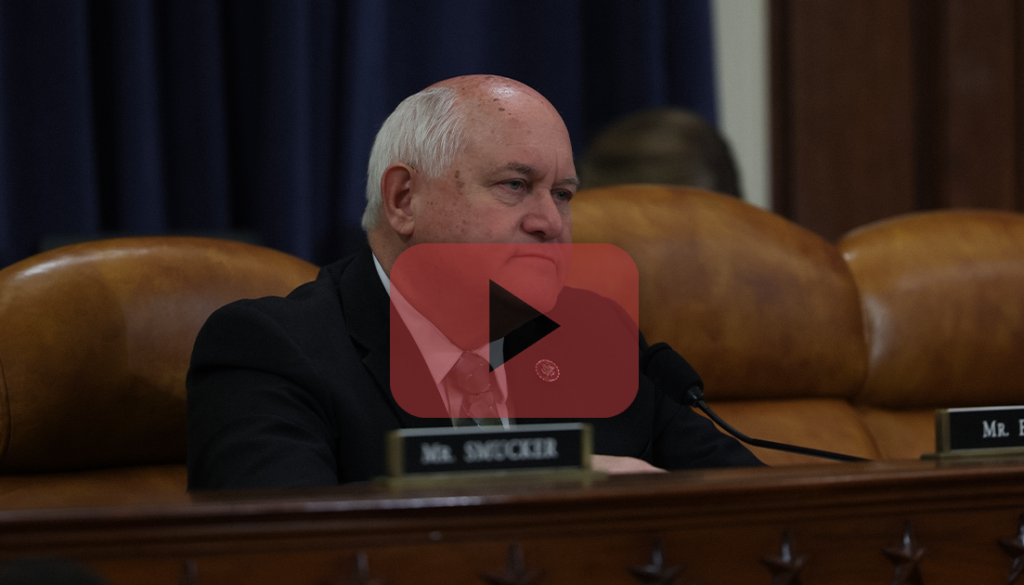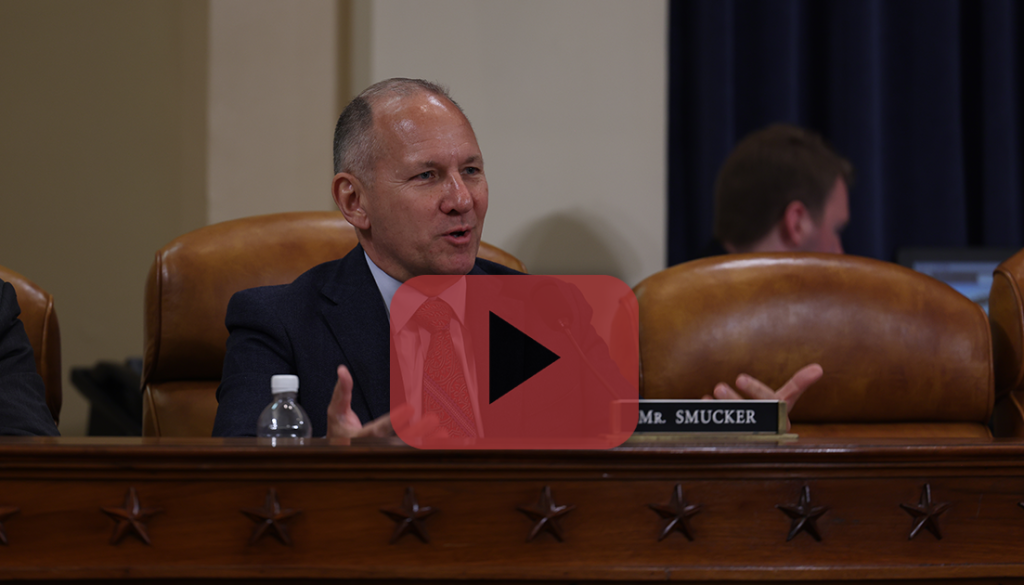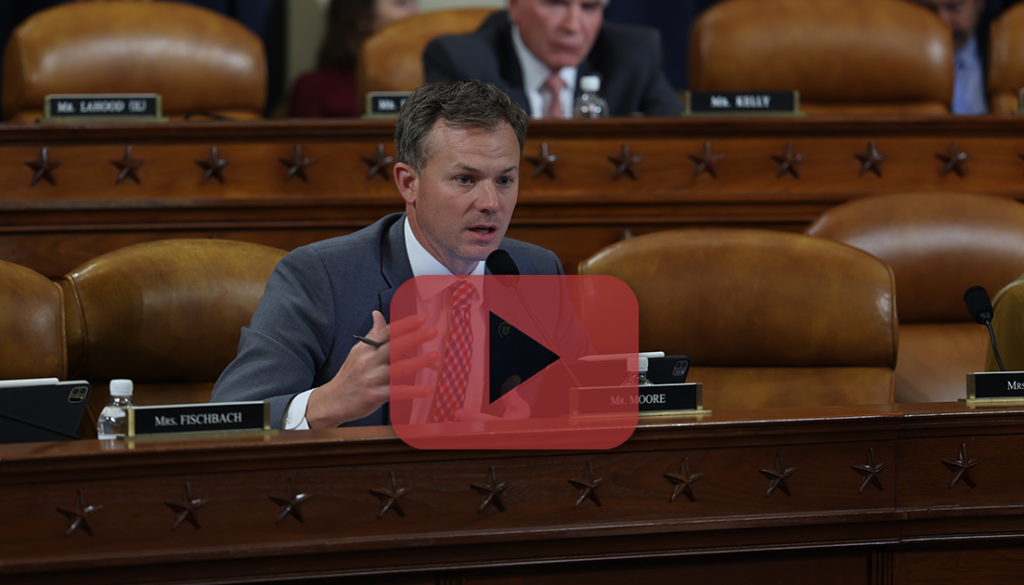WASHINGTON, D.C. – Price transparency can lower costs and improve health outcomes for families, workers, and small businesses, witnesses testified at a Ways and Means Committee hearing on health care price transparency. Witnesses shared their firsthand experience of using price transparency to benefit patients seeking care or small businesses sponsoring insurance for their employees. Unfortunately, the Biden Administration has thus far failed to fully enforce Trump-era price transparency rules, allowing hospitals to continue leaving cash-strapped patients in the dark on the cost of their care. To help patients, the Administration should fully enforce existing price transparency rules and Congress should look at more ways to empower patients to unleash price transparency through tools like modernized Health Savings Accounts to access quality, affordable health care.
Fewer Than One in Four Hospitals Are Complying With Trump Price Transparency Rules
In 2019, under President Trump’s leadership, the Centers for Medicare & Medicaid Services finalized the hospital price transparency rule. Three years later, the Biden Administration has failed to fully enforce the rule. Ways and Means Committee Chairman Jason Smith (MO-08) brought the facts, citing that fewer than one in four hospitals are estimated to be in compliance with these price transparency rules and only four hospitals out of 6,000 nationwide have ever been fined for noncompliance.
Chairman Smith: “According to one estimate, less than 25 percent of hospitals are fully compliant with President Trump’s historic price transparency rules, and those are just the ones reviewed. To date, the Centers for Medicare and Medicaid Services has only fined four hospitals for noncompliance. Four hospitals. There are 6,000 hospitals in the United States. Do we really think that nearly every American hospital is in compliance? We don’t know because CMS doesn’t make compliance reviews and enforcement actions public. We can get more information about a local restaurant from Yelp than you can get about your local hospital from CMS.”
Doctor: Price Transparency Literally Drives Patients to Get Care at My Clinic
When it comes to shoppable health services, patients respond to prices. Price transparency allows patients to choose the health care that provides the most benefit at a price they understand. Dr. Ron Piniecki is the medical director at a surgical center that provides up-front, transparent pricing for medical procedures on its website, unlike most hospitals where patients don’t know the true cost until after the procedure is done. Dr. Piniecki highlighted the difference that price transparency is currently making for patients.
Chairman Smith: “Dr. Piniecki, you run an outpatient surgery center that has employed transparent, upfront pricing for patients. How have your patients reacted to confidently knowing the price they will pay for the procedure?”
Dr. Piniecki: “It’s been super encouraging for me…What’s been really interesting is there’s been folks that have actually been shopping for care, they’ve actually been online. I mentioned the patient from Nebraska, we’ve had a patient travel from the Upper Peninsula of Michigan for a colonoscopy. … They said, ‘Hey, I’ve looked around. The hospital was this price. We called the neighboring city – the hospitals were that price. We’re willing to travel 10 hours to come here to receive a bundle price that we knew was exactly what the cost is going to be.”
“Without Competition You Have Monopoly”
Price transparency gives patients the opportunity to compare costs, which drives competition and ultimately helps lower costs for families and workers, noted Health Subcommittee Chairman Vern Buchanan (FL-16) during an exchange with Dr. Piniecki, who explained how enhanced price transparency has allowed his practice to cut costs by 60 percent for gallbladder surgeries.
Rep. Buchanan: “I know personally, people that shop, take their time, buy a house, buy a car, all the things we’re talking about, they’re gonna get much more of a better deal. Ideally, this doesn’t work for everybody, but it’ll work for a lot of folks. Without competition you have monopoly…[Dr. Piniecki] what are you just seeing in terms of reduction with what you’re doing? Take a minute to talk a little bit more about competition and transparency, the difference it’s making in premiums.”
Dr. Piniecki: “When we were building the prices for the delivery of care based upon the CPT codes –like if you need your gallbladder taken out –there’s a CPT code associated with that. We knew what Medicare was paying for that. And we had some commercial insurance data. And so the question was, could we actually save significant amounts? You know, and honestly, I thought maybe we could find 10-15 percent savings. That number that I mentioned earlier, that 50 percent savings, the payout from a commercial insurer for you know… a gallbladder removal in our state is somewhere around $20,000, after negotiated discounts.”
Rep. Buchanan: “So, across the board about 50 percent [savings] or something?”
Dr. Piniecki: “We’re doing it for nine [thousand], so probably about 60-65 percent [savings].”
Price Transparency Has Potential to Stop Spending on Low-Quality, Expensive Care
Patients have no idea whether the health care they receive is the best value, forcing Americans to pay outrageous prices for potentially low-quality care without even knowing better care is available. Rep. Ron Estes (KS-04) and Bill Kampine, founder of a company that provides health care cost and quality data for employers, discussed how price transparency can lower costs for patients, small businesses providing health care, and put a dent in the federal government’s massive health care spending.
Rep. Estes: “The data shows that increased health care price care transparency could help reverse the trend. If transparency results in a 1 percent reduction in cost, that could have eventually led to a $4.8 billion reduction in federal spending over 10 years. Mr. Kampine, if these transparency rules were improved, what are economic outcomes and what can we expect to see in terms of costs for high-cost services?”
Mr. Kampine: “A retail client of ours, a patient requiring a joint replacement, received a $150,000 joint replacement….This hospital was in the lowest 20 percent of all patient outcomes in the United States…There was a hospital 30 miles down the road that does the same joint placement in the top 20 percent of all hospitals and they’re roughly $35,000. We have enormous differences in price and quality for the services. Being able to navigate and being able to align the benefit design so that we reward patients for using high-value care and discourage the use of low-value care has a huge opportunity to save not just for the employee themselves, but also for the employer plan sponsors. When we look at this data, roughly 40 percent of the total spend for any given employer could be shopped. Within that spend, easily half of that spend could be saved. There’s a significant amount of money that’s on the table.”
Red Tape Hurts Families Using Direct Primary Care
Direct primary care arrangements give families a low-cost option to receive needed primary care health services. Under current law, working families who have health savings accounts (HSA) are prohibited from entering into direct primary care arrangements, depriving them of innovative primary care services. This prohibition especially hurts working families as 78 percent of HSAs are used by taxpayers making less than $100,000, warned Rep. Lloyd Smucker (PA-11):
Rep. Smucker: “And I think in my community at least, doctors like [direct primary care], because that monthly payment structure means they can spend less time coding for services, and doing what they really want to do as doctors, spending time caring for their patients. And so this current IRS rule that prevents 32.5 million Americans with a Health Savings Account from participating from using those funds to pay for direct primary care, I think it’s something that is a small fix that I think would benefit a lot of people…
“Mr. Short, employers offering direct primary care report savings of over 22 percent or 20 percent, in some cases, and I wonder if you could just talk a little bit about that – explain how it can both reduce costs and also improve health outcomes for patients.”
Mr. Short: “Absolutely, even in my company, we offer and pay for direct primary care for the very reasons of the savings we’ve been able to uncover by having the program in place for now over eight years. In simple fact, we’re able to incentivize the health care providers and the direct primary care physicians to take an active role in the preventive medicine of our employees and their families.
“And by getting them actively involved, where actually their incentive is to keep people healthy, versus a fee-for-service world where they make money when people are sick, we have seen the actual results come through and voiding larger claimants where diabetes is a great example – if we can get a hold of diabetes first before it becomes an issue with metformin, other processes, we can save money for the plan. …”
Rep. Smucker: “Do you see any reason why patients with HSAs should not be allowed to partake in direct primary care?”
Rep. Short: “I see no reason. It seems like common sense.”
Price Transparency Can Lower Costs for Workers and Small Businesses
Without price transparency, patients are forced to make major health care decisions with almost no information about the cost of their care. Small businesses especially can benefit by reducing a major line-item in their budget. Kendy Triano, human resources manager for a business that provides its employees with meaningful price transparency, shared with Rep. Blake Moore (UT-01) how her employees have benefited from this practice.
Rep. Moore: “Have your employees been able to see a lower cost from making an innovative switch like your company did?”
Ms. Triano: “Our employees have seen a lot lower costs. Number one, all of their prescriptions are paid for. They can go through online prescription companies now. There are no networks. The insurance company doesn’t tell them or their doctor what they can or cannot have done. They have seen lower costs.”

